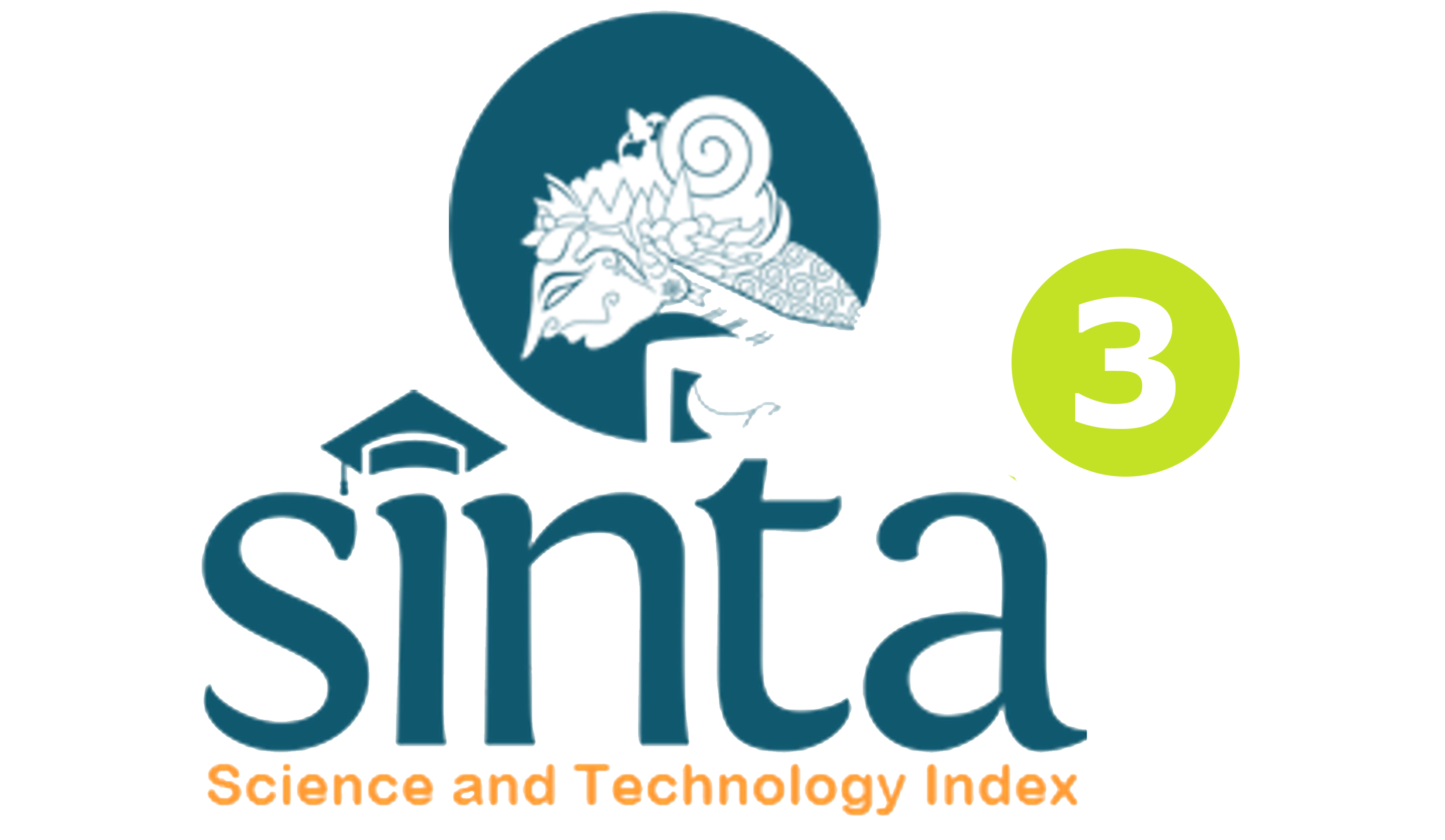PENERAPAN KONSELING KOGNITIF DENGAN TEKNIK RESTRUKTURISASI KOGNITIF UNTUK MENINGKATKAN RESILIENSI SISWA KELAS XI IPA 1 SMA NEGERI 3 SINGARAJA
DOI:
https://doi.org/10.23887/jibk.v2i1.3703Abstract
Penelitian ini bertujuan untuk mengetahui penerapan konseling kognitif dengan teknik restrukturisasi kognitif untuk meningkatkan resiliensi siswa pada siswa kelas XI IPA 1 SMA negeri 3 Singaraja tahun Ajaran 2013/2014. Jenis penelitian ini adalah penelitian tindakan bimbingan konseling, yang dilakukan dalam dua siklus dan setiap siklus terdiri dari empat tahap yaitu tahap perencanaan, pelaksanaan, pengamatan dan refleksi. Subjek dalam penelitian adalah siswa kelas XI IPA 1 SMA Negeri 3 Singaraja yang berjumlah 24 orang siswa, sedangkan sampel dalam penelitian ini berjumlah 4 orang siswa. Untuk mengumpulkan data yang diperlukan, digunakan alat pengumpulan data berupa pedoman observasi dan pedoman wawancara sebagai alat pengumpulan data komplementer serta kuesioner sebagai alat pengumpulan data utama. Data yang diperoleh dari responden dikumpulkan dan dianalisis dengan teknik analisis deskriptif kuantitatif. Hasil penelitian menunjukkan pencapaian resiliensi siswa pada prasiklus adalah 92,5 (resiliensi rendah). Setelah dilaksanakan tindakan siklus I pencapaian resiliensi meningkat menjadi 152,25 (resiliensi tinggi). Selanjutnya setelah tindakan siklus II dilakukan, pencapaian resiliensi siswa mencapai 161,65 (resiliensi sangat tinggi). Keempat siswa yang mendapatkan tindakan konseling kognitif dengan teknik restrukturisasi telah mampu memperoleh skor resiliensi lebih ≥ 160. Berdasarakan hasil uji hipotesis yang dilakukan diperoleh thitung > ttabel ini berarti Ho diterima. Jadi dapat dismpulkan bahwa penerapan konseling kognitif dengan teknik restrukturisasi kognitif dapat meningkatkan resiliensi siswa.Kata Kunci : konseling kognitif, restrukturisasi kognitif, resiliensi
This study aims to determine the application of cognitive counseling with cognitive restructuring techniques to improve the resilience of students in class XI IPA 1 3 SMA Doctrine Singaraja year 2013/2014. This research is an action research guidance and counseling, which is conducted in two cycles, and each cycle consists of four phases: planning, implementation, observation and reflection. Subjects in the study were students of class XI IPA 1 SMAN 3 Singaraja consisting 24 students, while the sample in this study consists of 4 students. To collect the necessary data, use data collection devices such as observation and interview guides as complementary data collection tools and questionnaires as the main data collection tool. Data obtained from respondents was collected and analyzed by quantitative descriptive analysis techniques. Results showed resilience student achievement on prasiklus is 92.5 (low resilience). After the first cycle achievement measures implemented resilience increased to 152.25 (high resilience). Furthermore, after the second cycle is done, the achievement of students achieving resilience 161.65 (high resilience). These four students who received counseling measures of cognitive restructuring techniques have been able to gain more resilience scores ≥ 160. Based on the results of hypothesis tests conducted obtained t> t table means Ho is accepted. So can dismpulkan that the application of cognitive counseling with cognitive restructuring techniques can enhance the resilience of students.
keyword : cognitive counseling, cognitive restructuring, resilience
Downloads
Published
Issue
Section
License
Jurnal Ilmiah Bimbingan Konseling Undiksha is an Open Access Journal. The authors who publish the manuscript in this journal agree to the following terms:
JIBK is licensed under a Creative Commons Attribution 4.0 International License. This permits anyone to copy, redistribute, remix, transmit and adapt the work provided the original work and source is appropriately cited.
This means:
Jurnal Ilmiah Bimbingan Konseling is licensed under a Creative Commons Attribution 4.0 International License.
(1) Under the CC-BY license, authors retain ownership of the copyright for their article, but authors grant others permission to use the content of publications in JIBK in whole or in part provided that the original work is properly cited. Users (redistributors) of JIBK are required to cite the original source, including the author's names, JIBK as the initial source of publication, year of publication, volume number, issue, and Digital Object Identifier (DOI); (2) The authors are the copyright owner of the article, and the author grants the JIBK held the first publication right.










